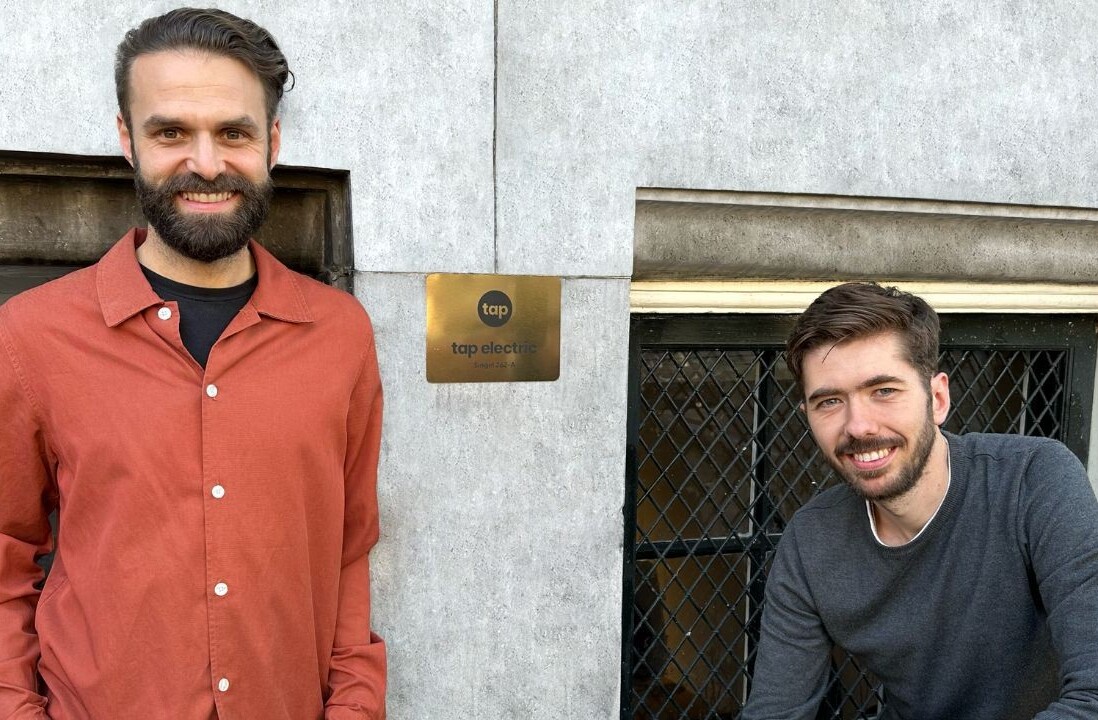
Everyone is talking about the potential of generative AI as buzzworthy tools like ChatGPT and DALL-E make the headlines. But just what is generative AI and is there actually a use for these tools within the tourism sector?
First of all, it’s important to note that, although ChatGPT is one of the most popular examples of generative AI on the market right now, there are many examples of tools employing this technology. Second, while the adoption of AI in general has been growing, this technology represents a new leap forward. Generative AI is seen as a breakthrough within the AI space because it goes beyond simply identifying and categorising past data, and uses this information to create original content.
For example, DALL-E and Midjourney have taken the design world by storm, being able to generate unique images in just a few clicks.
Generative AI has also helped to improve chatbots. Rather than spitting out simple, formulaic answers, this technology can analyse customers’ queries at a deeper level and generate more personalised responses, increasing both accuracy and response rate.
One important misconception to keep in mind is that these tools are not necessarily free. For example, while a free version of ChatGPT is available, OpenAI (the company behind the tool) recently introduced ChatGPT Plus with unlimited access and additional features for businesses which costs $20 USD a month. Other generative AI ventures, from advanced chatbots to generative design layouts, will likely include a price tag from the startups and design firms employing this technology. However, if used early and strategically, generative AI could help give your business a leg above the competition.
Let’s dive deeper into the specific opportunities this technology could present to the tourism sector including improving customer experience, reach, security, and more.
Leverage generative AI to transform venue design
One way the hospitality, MICE, and attractions industries can leverage this technology is by taking advantage of its generative design capabilities to come up with new layouts and concepts, and design for specific needs like security or minimising congestion.
Whether you want to redesign your hotel lobby to increase foot traffic to the spa and other amenities or you have a sustainability-focused redesign in mind, these smart tools can be used as a jumping off point. By inputting parameters such as square footage, location, target audience, and style, generative AI can be used to automatically create multiple design options for a hotel’s interior and exterior.
By analysing behaviour and purchase history, this tech can create dynamic customer segments.
MICE and attractions planners can also use this technology to design layout concepts that are optimised to encourage traffic flow and minimise congestion or security risks. Using generative AI can help professionals be more time and resource efficient, automating certain aspects of the planning process, while providing a variety of event and attraction design options with visitor demographics and venue characteristics in mind.
Virtual tours can also be developed using generative AI, creating immersive and interactive experiences for potential guests, attendees, and visitors in significantly less time. For example, imagine being able to explore a hotel’s facilities and amenities online before booking.
Generative design studios are just taking off in Singapore. For example, Digital Blue Foam was one of the first that launched a web-based interactive generative design tool in December 2021. Both Nanyang Technological University and Singapore University of Technology and Design are also offering courses in generative design, signalling this trend is only set to grow in the future.
Deliver better service with human+AI collaboration
Chatbots have already entered the scene providing answers to customers’ frequently asked questions in no time, but sophisticated generative AI tools are now helping to take this a step further. Rather than simply answering prepopulated queries, chatbots can now serve as a pocket guide able to provide customers with personalised itineraries, travel tips, and more throughout their trip.
The heightened level of personalisation is something that enhances the experience for customers and saves staff time, especially when dealing with shortages. Generative AI chatbots can also be programmed to respond in a customers’ native language streamlining accessibility for international guests.
In addition to catering to customers’ needs, these tools can analyse data from past interactions and generate deeper insights for a business’ long term strategy. This is beneficial for revenue management, helping businesses optimise their pricing, develop new revenue models for the future, and even automate dynamic pricing to offer relevant rates for customers.
For example, generative AI is being used to advance predictive customer segmentation. By analysing patterns in past behaviour and purchase history, this technology can more accurately create dynamic customer segments. Going beyond this, it can also use this information to come up with personalised offers and other upselling opportunities.
All in all, a human still needs to operate and moderate it.
One company experiencing the success of human+AI collaboration is TUI. Their new AI customer assistant, Louise, has a 95% opt-in rate with around 500-600 customers using the service monthly. Hosted by Netherlands-based startup Zoey, Louise offers an empathy-driven Whatsapp service that utilises AI alongside human expertise. Unlike other chatbots, when asked a question from a customer, Louise searches an extensive database to provide the best personalised recommendations and answers.
Brit Haarmans, Innovation Lead at TUI says, “it feels like talking to a friend, and I think that’s the benefit of using agents in combination with AI.”
With its package holidays, TUI provides physical representatives at its various resort and hotel destinations, however this isn’t offered for other product lines like its city trips. Haarmans explains, “we wanted to add value to our holiday products where we are less present in the customer journey.” With Louise, it’s as if customers have a representative with them at every step of their trip.
Every morning Louise will proactively offer tips for the day based on the traveller (if they’re on a family or work trip for example). Users can then interact with the chatbot saying, “Instead I’d like to go to the beach, do you have some tips for me?” Or, “Today I’d like to visit these attractions, can you give me some background and booking information?” It also connects to Google Maps, and some excursions are directly bookable via Louise, making things even smoother for both the customer and the agent.
Keep in mind that humans will always be needed
While generative AI represents an exciting new frontier of opportunities, the most important thing to remember is that it’s not a replacement for human staff, but a helper. Human prompt generators and moderators will always be needed.
When it comes to using AI chatbots, Haarmans advises: “It takes a lot of time to train AI, especially if you want it to answer in a personalised way.” An AI can’t sense the emotion or undertone in a message in the way a human can, so humans continue to be essential in moderating responses. TUI has a team who moderate and edit Louise’s responses and also feed in additional information when needed to provide more accurate results.
The same goes for predictive design. While generative AI may be able to put out a number of different and exciting layouts in seconds, it’s still likely that it can miss important considerations that haven’t been included in the prompt. For example, creating a perfectly sustainable, modern, and congestion free hotel lobby, but forgetting to include restroom facilities in the layout.
An AI solution might be able to give you answers quickly but, all in all, a human still needs to operate and moderate it, and ultimately make business decisions based on the information it gives them.
All in all human-AI collaboration can provide the best of both worlds: the precision and intel gathered from the AI, along with the empathetic, personalised touch of a human moderator.
Are you ready to explore the possibilities that generative AI has to offer your business, but don’t know where to start? Tcube provides consultancy and prototyping services to help you create a digital roadmap and test new ideas. Reach out to us via the Tcube interest form if you have a question: https://go.gov.sg/tcubecommunity
This article was originally published on Singapore Tourism Board’s Tcube website.
Get the TNW newsletter
Get the most important tech news in your inbox each week.






